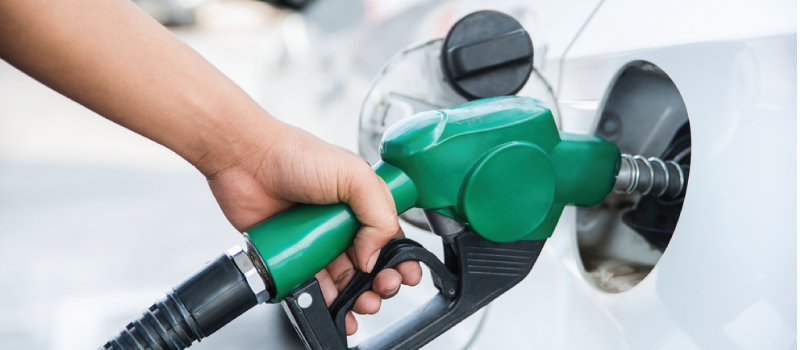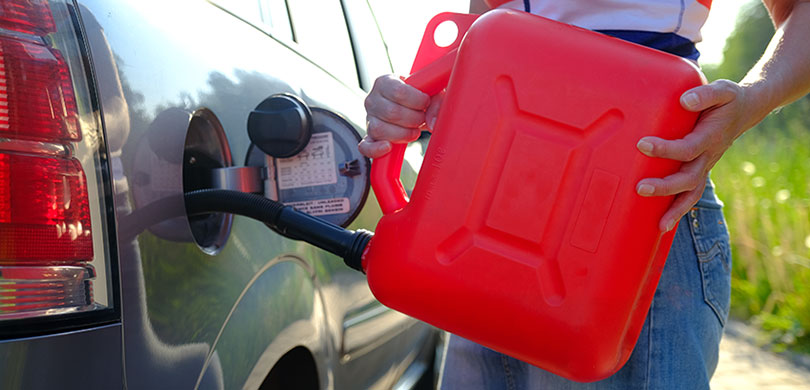
Is the petrol crisis over? Here’s what you need to know
21st Oct, 2021
If you’ve recently decided – I need to scrap my car, then the amount of fuel in its tank will probably not be top of your list of priorities. But for everyone else still on the roads, it’s very much a key concern. Even non-drivers will be familiar with the basics of the situation – a cautious announcement from BP in late September prompted long queues at petrol stations, amid fears of imminent petrol shortages. And while levels have somewhat recovered now, especially in the north of England, drivers in the capital and South East are still experiencing issues with refilling their tanks.
It’s no secret by now that one of the main factors influencing this is a widespread shortage of HGV drivers. Not just in the UK, either – it’s an issue affecting Europe at large, with a shortage of about 400,000 across the bloc. However, there’s no arguing that Britain has been particularly badly affected. We’re short at least 100,000 HGV drivers, which hasn’t been helped by the departure of around 14,000 foreign drivers leaving the UK over the last few years, many of whom have cited the complications of Brexit and Covid for restricting their earnings. Meanwhile, older drivers in the industry have been retiring, and the Covid lockdowns means there’s a significant backlog in HGV driver tests.
All that came to a head in late September, resulting in widespread queuing on petrol forecourts all over the country. We all saw the headlines then – but where are we now?
(Note: all the information below was correct as of the publication date [12th of October 2021], but the situation is still developing, so please do bear that in mind!)
How did the fuel crisis start?
The HGV driver shortage has been well-known to the industry and government for quite a number of years now, and on the 23rd of September, BP announced that it would have to temporarily close a handful of its petrol stations because of a lack of drivers available to properly supply them. That prompted a concern among the general public about potentially forthcoming shortages, and within days petrol forecourts across the UK were hosting queues stretching back for miles. Countless petrol retailers struggled to get deliveries for days on end, and in some cases, tempers were reportedly running high.
To better control the flow of petrol and diesel, some petrol stations introduced a £30 cap on petrol for each customer. (Some of those caps remain in place in southern areas of the country.)
In an effort to address the issue, the government has offered 5000 temporary visas to try and tempt overseas workers to the UK, including 300 short-term visas specifically for tanker drivers. In the meantime, the military has been drafted in to start making deliveries to petrol stations as part of Operation Escalin, a plan that was originally laid out during preparations for a no-deal Brexit.

What’s the situation like now?
Most petrol stations have now broadly bounced back. Fuel stocks across the country have started to significantly recover, and the national average fuel stock is about 25% at the end of each day. (For reference, it was about 15% around September 25, a few days into the crisis.)
However, some areas of the country are still feeling the squeeze. Stock levels in London and the South East are still notably lower than the national average – the end-of-day average fuel stock for the South East is the lowest in the country at 16%, with London’s at 18%. The Petrol Retailer’s Association has said that this is largely to do with the concentration of cars per area, as both regions have a notably high population density.
The Petrol Retailer’s Association itself now wants an independent inquiry into the crisis so that, in its words, “motorists are protected from such acute fuel shortages in future”.
For now, the government remains heavily reliant on a hundred military tanker drivers and their supporting staff, as well as a group of just 27 European drivers. (Thus far, the visa scheme has not been a roaring success.) The initial plan was for this arrangement to last 31 days, but that might be extended. As things stand, it wouldn’t be unreasonable to assume that the government may end up relying on the military for rather longer than they wanted to be.
Government ministers have said that it’s hard to put a specific date on when fuel supplies would return to normal, but the situation is improving. In case it provides some extra peace of mind, we’ve written a quick guide on what to do if you run out of fuel, so you can save yourself some stress if the worst does happen.
Of course, for some particularly old cars, the strain of running out of fuel might eventually be too much. But if that happens, rest assured that’s where we can help here at Scrap Car Network. Once you’re ready to scrap your car, all you need to do is enter your car reg and postcode into the fields on our site, and we’ll get you an instant online quote before you can say cash for cars. It only takes a few seconds. Curious to find out how much your car is worth?